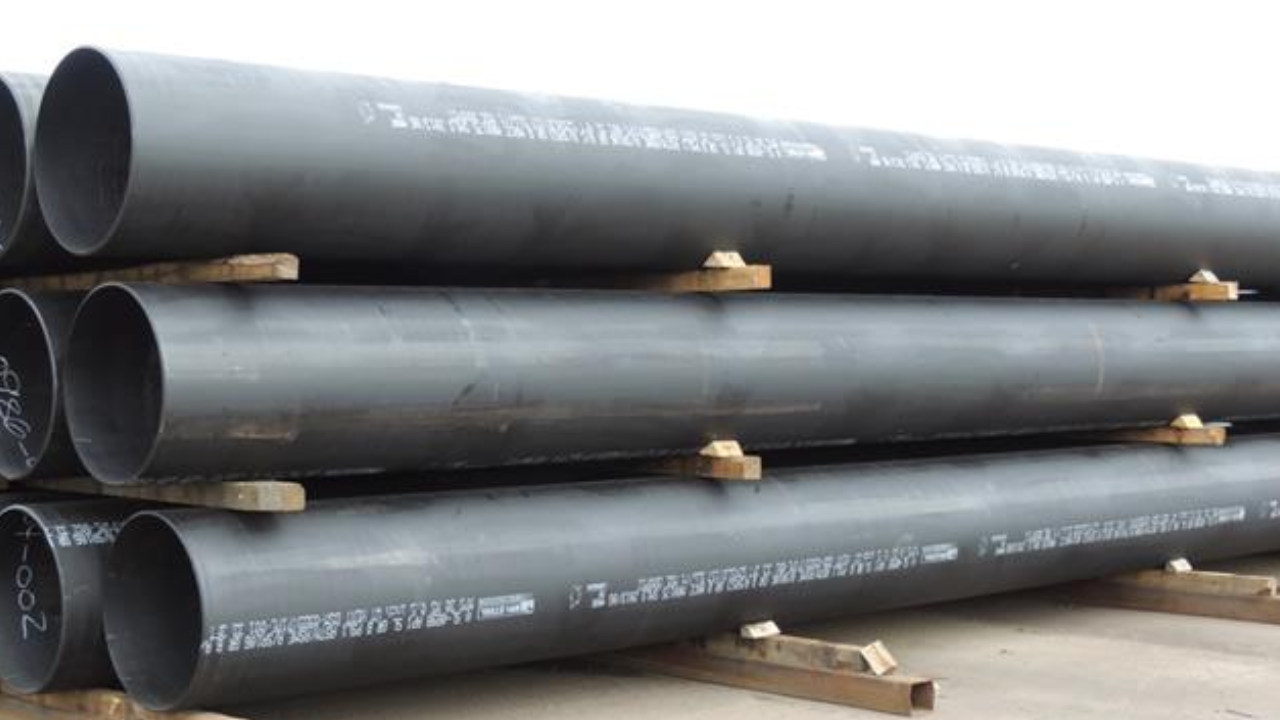The JCOE pipeline process has developed as a driving strategy for manufacturing large-diameter welded steel pipes, advertising various advantages over conventional strategies such as Longitudinal Submerged Circular segment Welding (LSAW) and Winding Submerged Arc Welding (SSAW).
This advanced procedure has picked up widespread use in various businesses, from oil and gas to water transmission and seaward building, due to its ability to deliver high-quality, high-performance pipelines. In this article, we will explore the JCOE Steel Pipe Production Process And Advantages, over traditional strategies, highlighting why it is preferred for basic foundation ventures.
Key Preferences of the JCOE Pipeline Handle: Quality, Productivity, and Adaptability
The JCOE pipeline preparation offers predominant quality, improved erosion resistance, and exact dimensional exactness, making it perfect for requesting applications. With higher generation effectiveness, diminished fabric squander, and greater adaptability in pipe plans, JCOE guarantees high-quality pipelines with advanced quality control, setting it separated from conventional strategies.
Improved Quality and Strength
One of the essential preferences in the JCOE pipeline process is the superior quality and durability of the resulting pipes. The method includes exact pre-bending, shaping, and welding steps that guarantee the basic astuteness of the pipeline. The continuous J-C-O forming preparation, combined with thorough cold extension and post-weld treatment, improves the mechanical properties of the steel. Conventional strategies, such as SSAW, may not offer the same level of quality and solidness, particularly for large-diameter pipelines. The winding welding process utilized in SSAW channels can present potential shortcomings along the weld crease, which may compromise the pipe's capacity to withstand unforgiving working conditions over time.
Progressed Erosion Resistance
Another critical advantage of the JCOE handle is its capacity to create channels with upgraded erosion resistance. Usually particularly imperative for pipelines utilized in situations where exposure to corrosive components, such as seawater or chemically aggressive substances, is a concern. Compared to traditional methods like LSAW, which may require extra coatings or treatments to achieve similar levels of corrosion resistance, the JCOE preparation offers a more integrated approach to pipeline assurance. This reduces the requirement for expensive and time-consuming maintenance over the pipeline's benefit life, making it a more cost-effective solution in the long run.
Predominant Dimensional Accuracy
Dimensional precision could be a basic figure in pipeline fabricating, particularly for large-diameter pipes utilized in requesting applications. The JCOE process excels in this zone by guaranteeing exact control over the pipe's measurements all through the generation process. Conventional strategies, such as LSAW and SSAW, may not achieve the same level of dimensional exactness, especially for bigger channels. Varieties in divider thickness, distance across, and roundness can lead to issues amid pipeline establishment and operation. The JCOE preparation minimizes these dangers by conveying channels with steady and exact measurements, decreasing the probability of misalignment or other issues amid assembly and use.
Higher Production Efficiency
The JCOE pipeline process is designed for proficiency, allowing for the mass generation of high-quality channels with minimal downtime. The continuous rolling and shaping stages, combined with robotized welding and review systems, empower quicker generation times compared to conventional strategies. In contrast, conventional strategies like LSAW and SSAW can be slower and more labor-intensive, driving longer lead times and higher generation costs. The JCOE handle, with its streamlined and computerized approach, diminishes labor requirements and minimizes the potential for human error, resulting in speedier turnaround times and lower overall costs.
Reduced Material Waste
Material squandering is a critical concern in pipeline manufacturing, both from an environmental and financial standpoint. The JCOE process is designed to minimize material waste by optimizing the use of steel plates amid the shaping and welding stages. Conventional strategies, such as SSAW, may create more material waste due to the nature of the spiral welding handle and the need for extra trimming and finishing. The JCOE process's capacity to play down waste not as it were brings down generation costs but also contributes to more feasible manufacturing hones by reducing the natural impact of pipeline generation.
Greater Flexibility in Pipe Design
The JCOE pipeline process offers more noteworthy adaptability in pipe design compared to traditional strategies. The capacity to precisely control the forming and shaping of the pipe permits producers to create channels with customized dimensions and details tailored to the particular needs of an extent. Traditional strategies, such as LSAW and SSAW, may be more constrained in terms of plan flexibility, especially for large-diameter or custom-shaped channels. The JCOE process's flexibility permits it to accommodate a wider run of venture requirements, making it the favored choice for complex pipeline systems in different businesses.
Advanced Quality Control
Quality control is a basic angle of pipeline manufacturing, and the JCOE handle joins progressed checking and testing methods to guarantee that each pipe meets the most noteworthy guidelines. Non-destructive testing strategies, such as ultrasonic, X-ray, and attractive molecule review, are utilized all through the generation handle to distinguish any potential surrenders or abnormalities within the material or welds. Whereas traditional strategies also join quality control measures, the JCOE process's accentuation on persistent checking and real-time testing sets it separated in terms of guaranteeing reliable quality and performance over all pipes delivered.
Conclusion
The JCOE pipeline process offers various advantages over conventional methods, making it the favored choice for large-diameter welded steel channels utilized in critical infrastructure ventures. From enhanced quality and erosion resistance to prevalent dimensional exactness and generation productivity, the JCOE prepares and delivers high-quality, high-performance pipelines that meet the demanding necessities of businesses such as oil and gas, water transmission, and seaward building.


